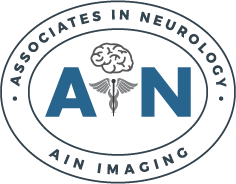Carpal Tunnel Syndrome
Carpal tunnel syndrome (CTS) is the most common and widely known form of peripheral neuropathy, affecting millions of Americans, especially those in the workforce. It is caused by pressure on the median nerve – the main nerve of the front of the forearm.
The median nerve runs from the forearm through a narrow passageway (the carpal tunnel) that is surrounded by bones and ligaments on the palm side of the hand. When the nerve is compressed, it produces symptoms that can include:
- Pain in the hand and arm
- Tingling or numbness in the fingers or hand that may travel from your wrist up your arm
- Weakness in your hand, which may cause you to drop objects

Most often, there is no single cause of CTS, but rather a combination of risk factors that spur development of the condition. Anything that irritates the median nerve or causes swelling and inflammation in the wrist – such as rheumatoid arthritis, obstructed blood flow, or trauma to the wrist – can trigger the condition.
Also, CTS can worsen through repeated motion of your wrist. The swelling and compression of the median nerve can be exacerbated as a result of the positioning of your wrists while using a keyboard, repeated movement that overextends your wrist (such as typing or playing the piano), or prolonged exposure to the vibrations when using hand or power tools.
Diagnosing Carpal Tunnel Syndrome
In order to determine whether you have CTS, your doctor will first review your symptoms and conduct a physical examination. Since the median nerve only provides sensation to your thumb, index, middle and ring fingers, symptoms in your pinkie could indicate a problem other than CTS.
One usually notices CTS symptoms when holding or gripping an object, such as a steering wheel. The pain and tingling also tend to occur at night, or you may experience numbness upon waking up in the morning. Your doctor will test the feeling in your fingers and the strength of your hand muscles by bending your wrist or pressing on the median nerve to see if it triggers CTS symptoms.
Other tests designed to diagnose CTS and exclude other causes of wrist pain include an X-ray of the affected wrist, electromyogram (EMG), or a nerve conduction study.
If CTS is diagnosed in its early stages, it may be treated with simple measures, such as resting your hands, avoiding symptom-triggering activities, and applying cold packs to reduce the swelling. Other nonsurgical therapy options include wrist splinting, nonsteroid anti-inflammatory drugs (NSAIDS), corticosteroid injections, and nerve blocks.
More severe cases of CTS may require endoscopic or open surgery in which a surgeon makes an incision in the palm of your hand or wrist over the carpal tunnel and cuts through the ligament to free the median nerve.
Carpal Tunnel Syndrome Treatment in Southeast Michigan
The board-certified specialists at Associate in Neurology frequently diagnose and successfully treat cases of CTS. If you are experiencing pain and weakness associated with this condition, we can promptly provide the relief you need. All you have to do is call us at (248) 478-5512 or use our online Request an Appointment form to schedule a consultation at one of our convenient locations.


